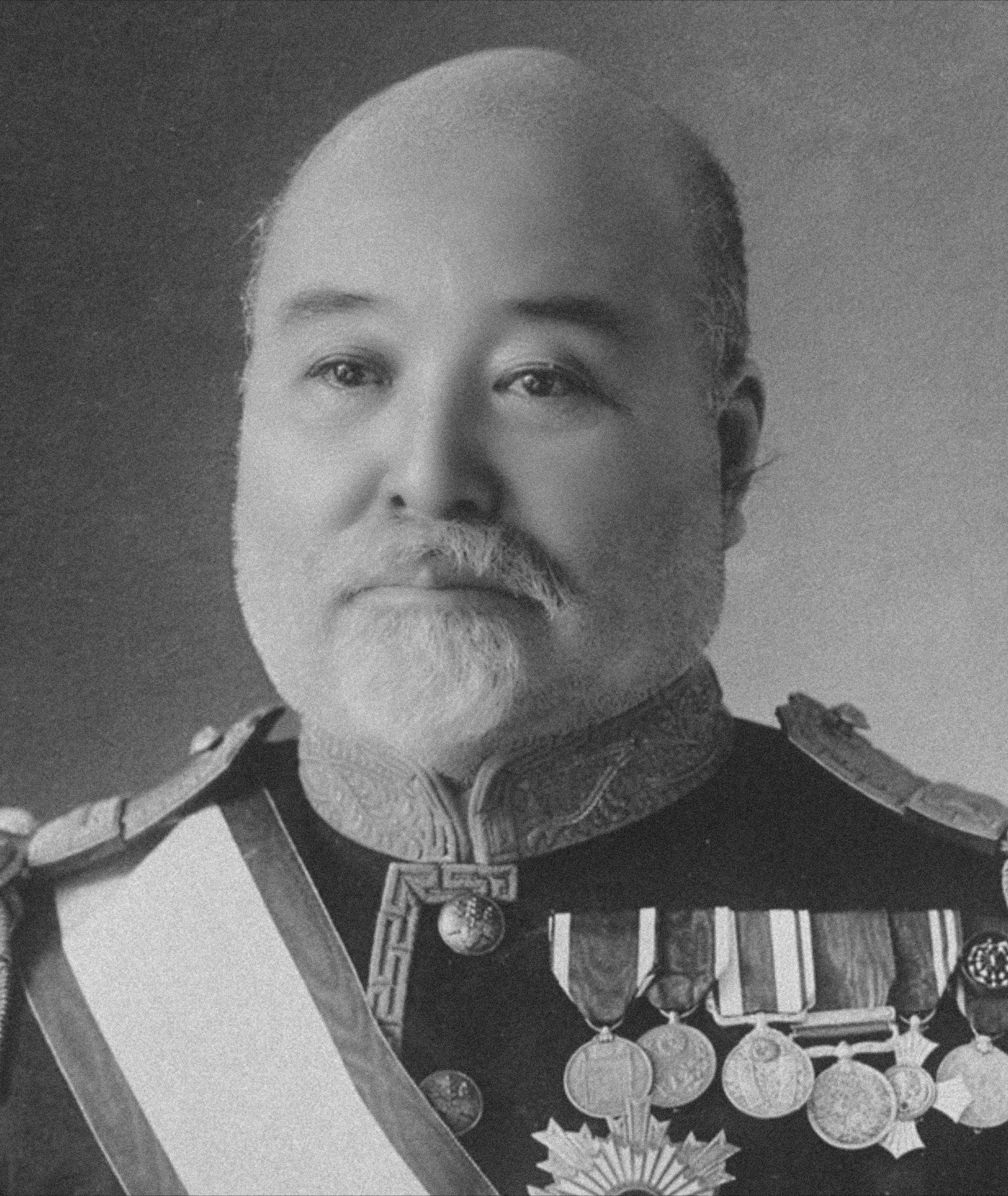Takahashi Korekiyo
| Takahashi Korekiyo | |
|---|---|
| 高橋 是清 | |
 |
|
| 11th Prime Minister of Japan | |
|
In office 15 May 1932 – 26 May 1932 Acting |
|
| Monarch | Shōwa |
| Preceded by | Inukai Tsuyoshi |
| Succeeded by | Saitō Makoto |
|
In office 13 November 1921 – 12 June 1922 |
|
| Monarch |
Taishō Hirohito (Regent) |
| Preceded by | Uchida Kōsai (Acting) |
| Succeeded by | Katō Tomosaburō |
| Personal details | |
| Born |
27 July 1854 Edo, Japan |
| Died | 26 February 1936 (aged 81) Tokyo, Japan |
| Resting place | Tama Reien Cemetery, Fuchū, Tokyo |
| Political party | Rikken Seiyūkai |
| Religion | Protestant |
| Signature |  |
Viscount Takahashi Korekiyo (高橋 是清?, 27 July 1854 – 26 February 1936) was a Japanese politician who served as a member of the House of Peers, as the 20th Prime Minister of Japan from 13 November 1921 to 12 June 1922, and as the head of the Bank of Japan and Ministry of Finance.
Takahashi made many contributions to Japan's development during the early 20th century, including introducing its first patent system and securing foreign financing for the Russo-Japanese War. Following the onset of the Great Depression, he introduced controversial financial policies which included abandoning the gold standard, lowering interest rates, and using the Bank of Japan to finance deficit spending by the central government. His decision to cut government spending in 1935 led to unrest within the Japanese military, who assassinated him in February 1936. Takahashi's policies are credited for pulling Japan out of the Depression, but led to soaring inflation following his assassination, as Takahashi's successors became highly reluctant to cut off funding to the government.
Takahashi was born in Edo (modern-day Tokyo), while Japan was still under the Tokugawa shogunate. He was the illegitimate son of a court painter in residence at Edo Castle, and adopted as the son of Takahashi Kakuji, a low-ranking samurai in the service of the Date daimyō of Sendai Domain. He studied English language and American culture in a private school run by the missionary James Hepburn (the forerunner of Meiji Gakuin University). On July 25, 1867, he set sail from Japan to Oakland, California, in the United States, and found employment as a menial laborer. Another version of the story has it that he went to the United States to study, but was sold as a slave by his landlord and only with some difficulty was he able to return to Japan.
...
Wikipedia
